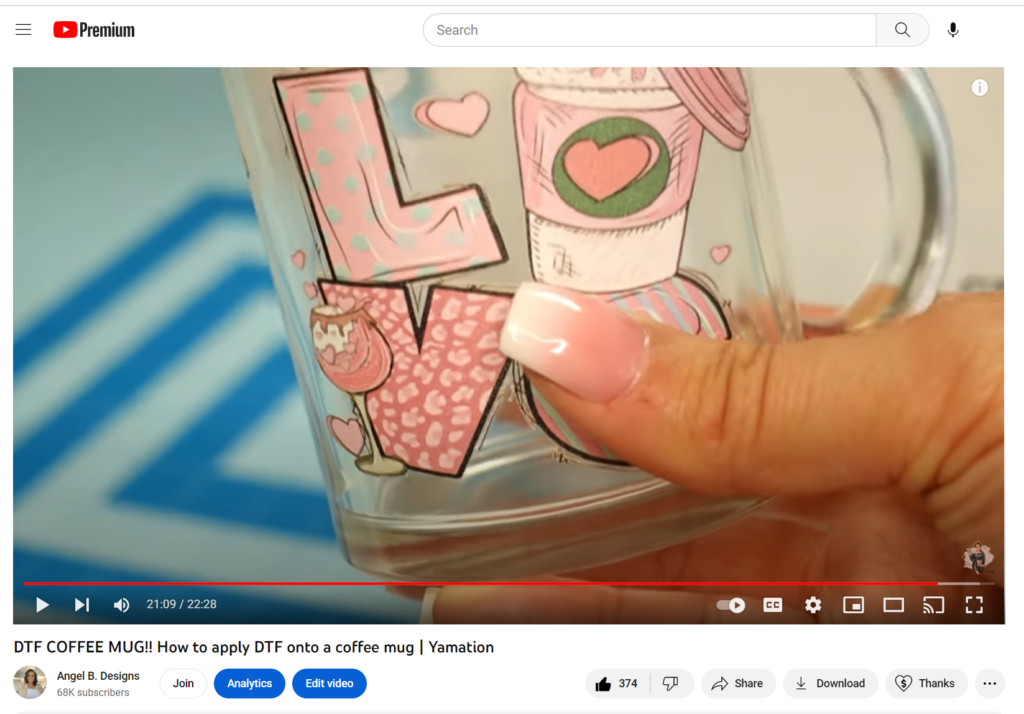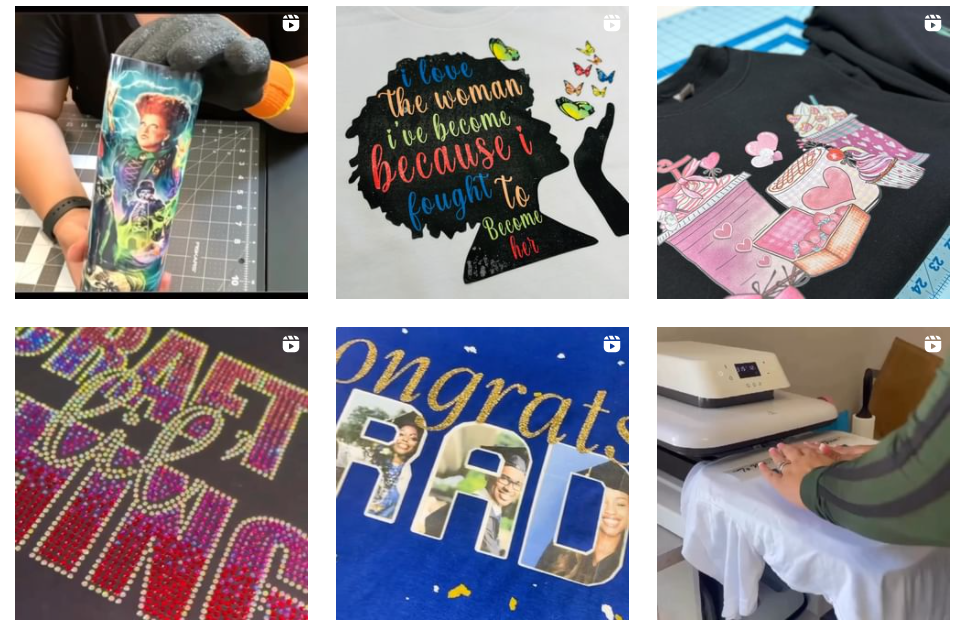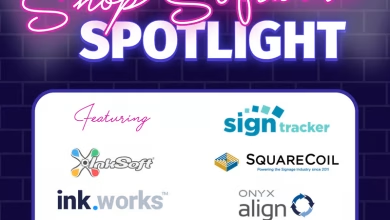Social media and the world of influencer marketing has been explosive over the last 10 years. But it has been even more pronounced during and even after the global pandemic. Large companies have taken their marketing budgets and pivoted to focus on influencer marketing and social media.
So why is this important information for small businesses and those just starting out in business? Social media integration in small businesses helps build brand awareness, connect with customers, and drive sales.
Building a network
 When I started my handmade business in 2019, I mainly focused on networking opportunities to make sales, like pop-ups. That was where the bulk of my income was generated. While I experienced a marginal level of success at in-person events, I knew there was a better and more efficient use of my time.
When I started my handmade business in 2019, I mainly focused on networking opportunities to make sales, like pop-ups. That was where the bulk of my income was generated. While I experienced a marginal level of success at in-person events, I knew there was a better and more efficient use of my time.
I was drawn to social media initially to display my crafting business to not just the few people that attended the local popups but to millions of people spending upwards of three hours a day scrolling social media. My timing for this transition could not have come at a more opportune time, as a global pandemic was approaching that would force the entire world to go online.
In 2020, my sales increased by 200% because of the social media presence and the community I began to build through it. These are the times in which people aren’t looking to just blindly purchase; they want to feel like they’re part of something. A lot of influencers name their platforms something catchy, which creates that community people are looking for.
Looking at social media as just a way to keep in touch with friends and family should be a thing of the past if you own or operate a business. Networking events aren’t completely out of the window but look at it like this: events house a few thousand people, sometimes more, sometimes less. Social media opens doors to millions of people around the world; setting up a page or channel is free, and the ROI is infinite.
Having that online presence allows you to capture sales during times you can’t be in front of people, like at 2 a.m. In 2020, I created a YouTube video showing how to make order books by hand. After the second day of that video being posted, it went viral during the middle of the night. I woke up the next morning to 50 orders, orders that I would never have been able to obtain elsewhere because it was during a time frame I physically couldn’t.
Turns out that consumers love to scroll at all times of the night, and there is a group of people that impulse buy in the wee hours. No matter what you sell, you want to position yourself to meet the demand of those buyers.
Start from scratch
 So how do you go about establishing a social media presence? How do you get people to want to be part of your community? You start by providing something for free. That is the quickest and most effective way.
So how do you go about establishing a social media presence? How do you get people to want to be part of your community? You start by providing something for free. That is the quickest and most effective way.
It doesn’t have to be a physical product or something that would cost money. It can be a piece of knowledge, an entertaining moment that provides a laugh or a smile, or a checklist that takes you five minutes to make, like the Top Five Custom Gifts for Mother’s Day.
Being able to provide value or answer your audience’s pain points are the most important aspects of starting your marketing journey on social media; just keep in mind that everyone defines value differently. So … switch things up, not in a way that takes you out of your niche but in a way that doesn’t make your page or channel mundane and one-note.
Once you’ve established your freebie, create a consistent schedule. This doesn’t have to be an everyday schedule if that would burn you out. It could be twice a week. Create a schedule that would allow you to be able to show up for your community on a consistent basis, so that they have something to look forward to. They say you only need 1,000 true fans who support everything you do to make a good living.
So, you have your freebie and your schedule all mapped out; now you need to optimize your content and cross-promote. Let’s say you have a YouTube channel, which is considered a long-form platform. You need to establish a presence on another platform to reach a wider audience and be able to funnel new people to your main platform.
A good secondary platform to YouTube would be TikTok. They both contain searchable content. YouTube is the long form, and TikTok is the shorter one-minute version of whatever you post to YouTube. This allows you to reach more people, and the quickness of the one-minute TikTok’s entices people to go to your YouTube channel to view the full content.

Now that you have your freebie and your two major platforms, how do you build traction? How do you get people to find you, subscribe to you, and ultimately purchase from you? You must utilize the SEO (Search Engine Optimization) features built into these platforms.
When people go onto YouTube, for instance, most of the time, they are looking for something specific, like how to do something. So, if you want to make a video about making signs, the title, description box, thumbnail, and hashtags must use the word signs (or variations of that, like ADA signs, depending on the product you’re highlighting). This way, when people search for something pertaining to signs, your content will be shown.
Cross-promoting is really what helped my channel gain the most traction in the beginning, like Facebook craft groups. I used YouTube and TikTok to promote video content, and I used Facebook craft groups to promote pictures of finished products.
The trick to this is to only post these pictures after your other content is live. That way, when they ask for information, you have it available to either link or message them. When choosing your platform, your focus should be on whatever your goal is. If your goal is views and monetizing your content, you should focus on YouTube and Facebook. If your goal is sales and website traffic, you should focus on TikTok and Facebook/Instagram.
Consistency is the key to being successful on social media, especially across the platforms you choose. Ideally, if you can create a presence on all the major platforms (Facebook, Instagram, TikTok, YouTube, and Pinterest) you’d be in the best position. They all have ways to funnel viewers somewhere else and capture the proper analytics to let you know what content is working and what isn’t.
Mastering the art of social media is a tedious process. It takes a lot and requires a lot, but I have experienced explosive growth in my small business utilizing it. The greater the impact you’re able to make on people’s lives, the greater the income. People who feel like you’ve done something for them or included them in your life will spend money and time with you.





